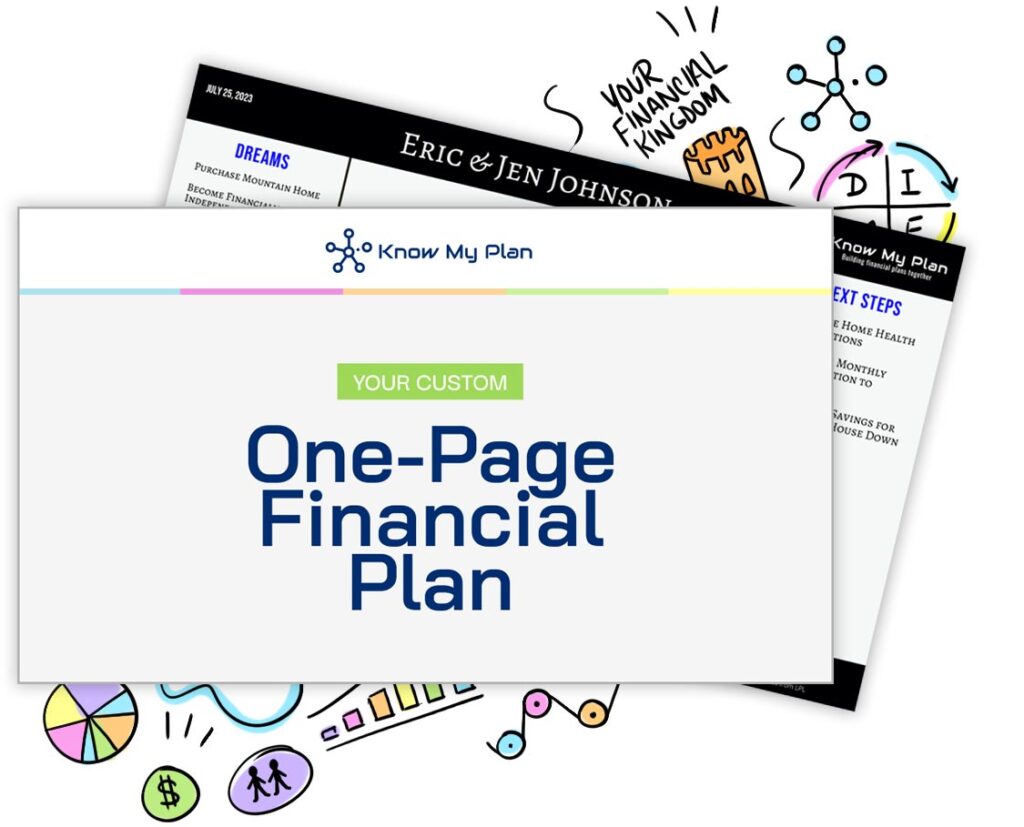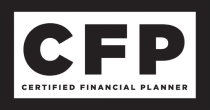“I feel like all of my money is in IRS penalty and tax prison, and I can’t touch it.” – Executive in the Carolina’s with two elementary-aged children.
“On paper, we are millionaires, but we are living paycheck to paycheck.” – Executives in Tennessee with one pre-school aged child.
I have been meditating on these two client statements. These are not isolated incidents. Honestly, I have felt the same.
For those who don’t know, my wife and I completed three international adoptions between 2015 and 2019. During this period, it felt like all our discretionary income was going to fund the adoption.
In 2020, we began building our modern farmhouse in a delightful little neighborhood in Lancaster, SC.
For those of you who have built a home before, you have experienced the unexpected expenses that come from a project of this magnitude.
In 2021, the Nielsen Family of Five moved into our farmhouse in the woods.
However, it felt like I had zero liquidity and was living paycheck to paycheck.
At some point in the process (2015-2021), I became numb to spending money.
The Great Fallacy
The financial planning industry has done a disservice by focusing on saving & investing as a percentage of our income. If we save & invest 15% of our income from age 21 to age 65, you will be in great shape!
Of course, it would be, but life isn’t linear!
A Commonsense Approach
After working with families for almost twenty years, I believe that there are seasons in our lives with different financial callings.
Step 1: Give yourself grace.
Step 2: Embrace the financial seasons of life. There will be times when saving & investing aren’t possible and other seasons where you will have the capacity to supercharge your efforts with 25-30% contributions.
Step 3: Formulate a plan.
A Starting Point
Let’s assume a family has one primary wage earner and a stay-at-home spouse. The wage-earner makes $225,000 – invests 10% in a pre-tax 401(k) – and receives a 4% match with the employer.
The family has no emergency fund and no investment assets they can access without penalty.
They have no margin and are feeling the liquidity crunch.
A Path Forward
Step 1: Reduce 401(k) contribution to 4%, so the wage-earner still receives the 4% match. This would result in $9,000 contributions and a $9,000 employer match.
Step 2: Open up a high-yield savings account to act as your emergency fund; establish an automation transfer of $500/month or $6,000/year.
Step 3: If you do not have an IRA, I would consider establishing a non-deductible IRA. This account could be converted to a Roth IRA. Roth IRAs are wonderful because you can access the contributions at any time without penalty. The current annual limit for someone under the age of 50 is $6,500. Establish a systematic contribution of $541/month.
Step 4: Open a joint brokerage account, and establish a systematic contribution for the balance of your 10% total contribution of $83/month.
Knowing that you have access to the high-yield savings account, Roth IRA contributions, & the joint brokerage account provides a different peace of mind than investing solely in the 401(k) plan.
The key is to simultaneously fund multiple accounts systematically. If you try to fund them one at a time, the entire plan will suffer.
–Nic
P.S. I would create a goal for your high-yield savings account of six months’ expenses. For example, if your monthly expenses are $8,000, the goal is $48,000. Once you have reached the goal, take the amount that you were contributing to the high-yield savings account and contribute to the joint brokerage.
Want to read more about our financial advice or need to stop feeling the liquidity crunch? Visit our blog, Dollars & Diagrams, or sign up for our weekly e-mail newsletter here!







